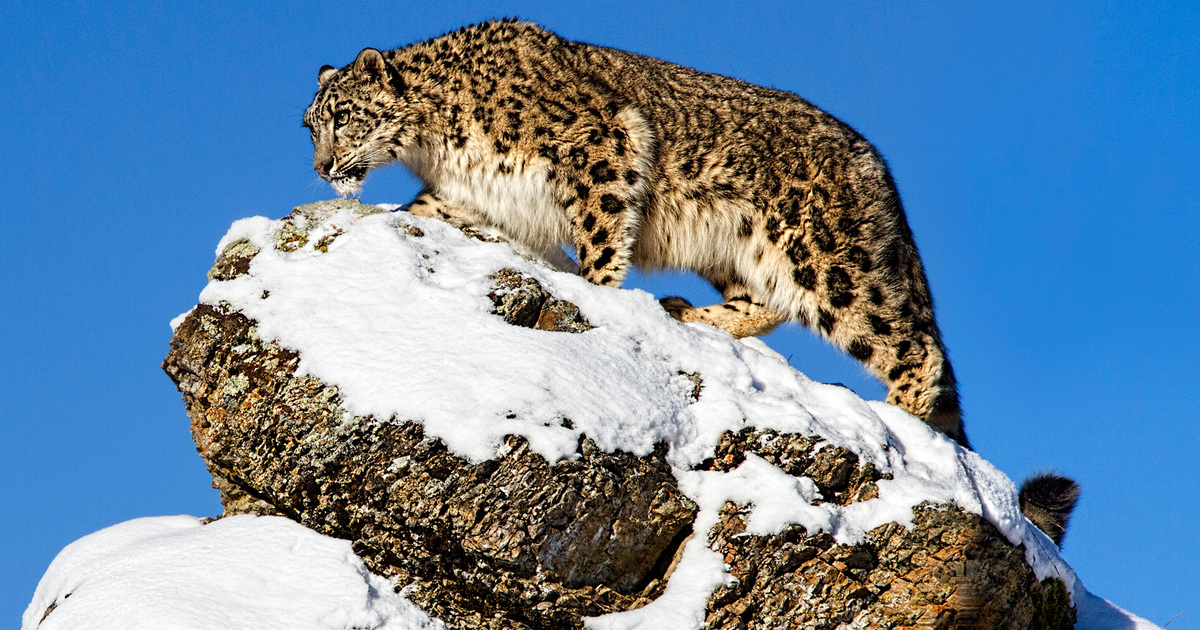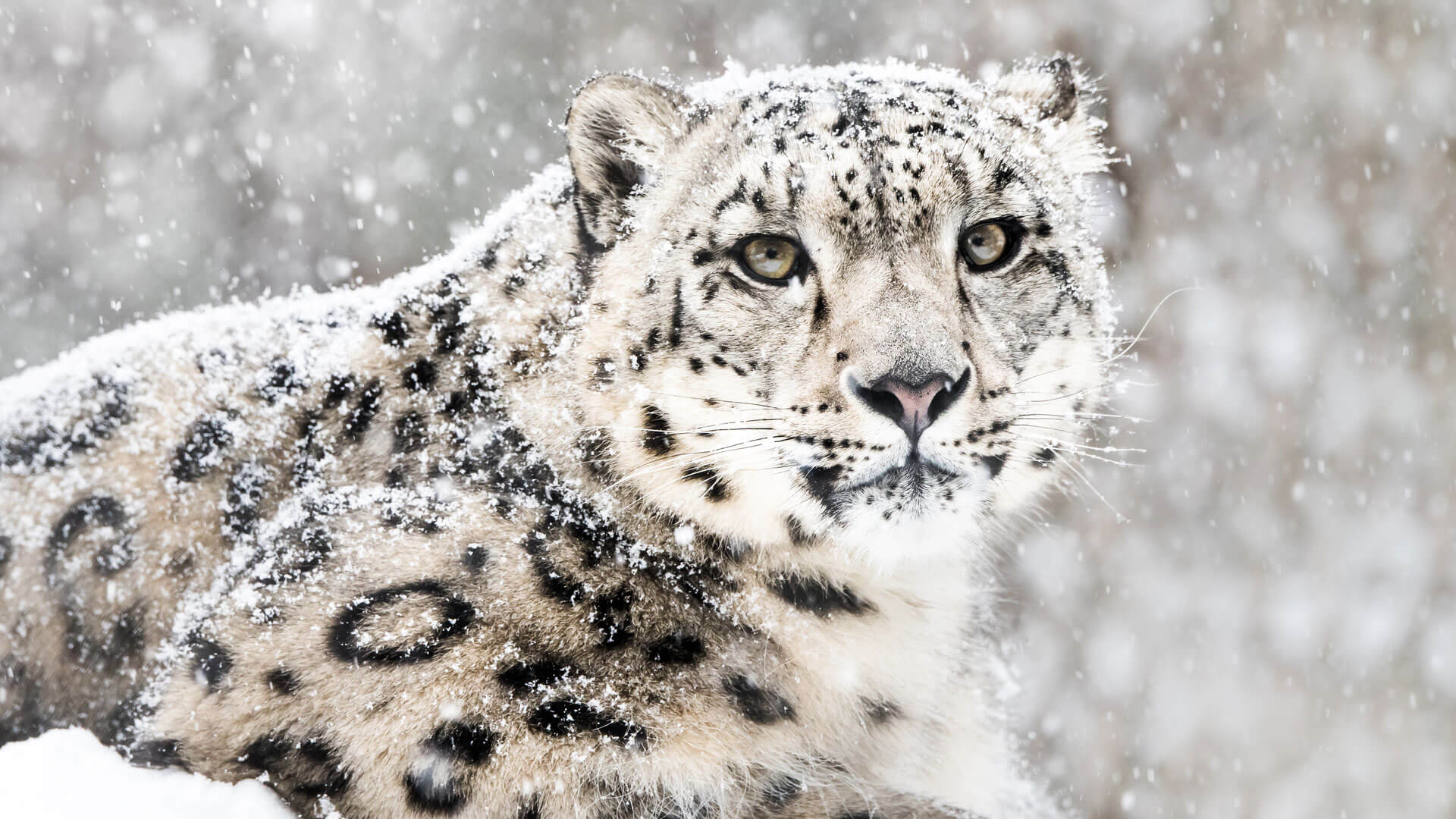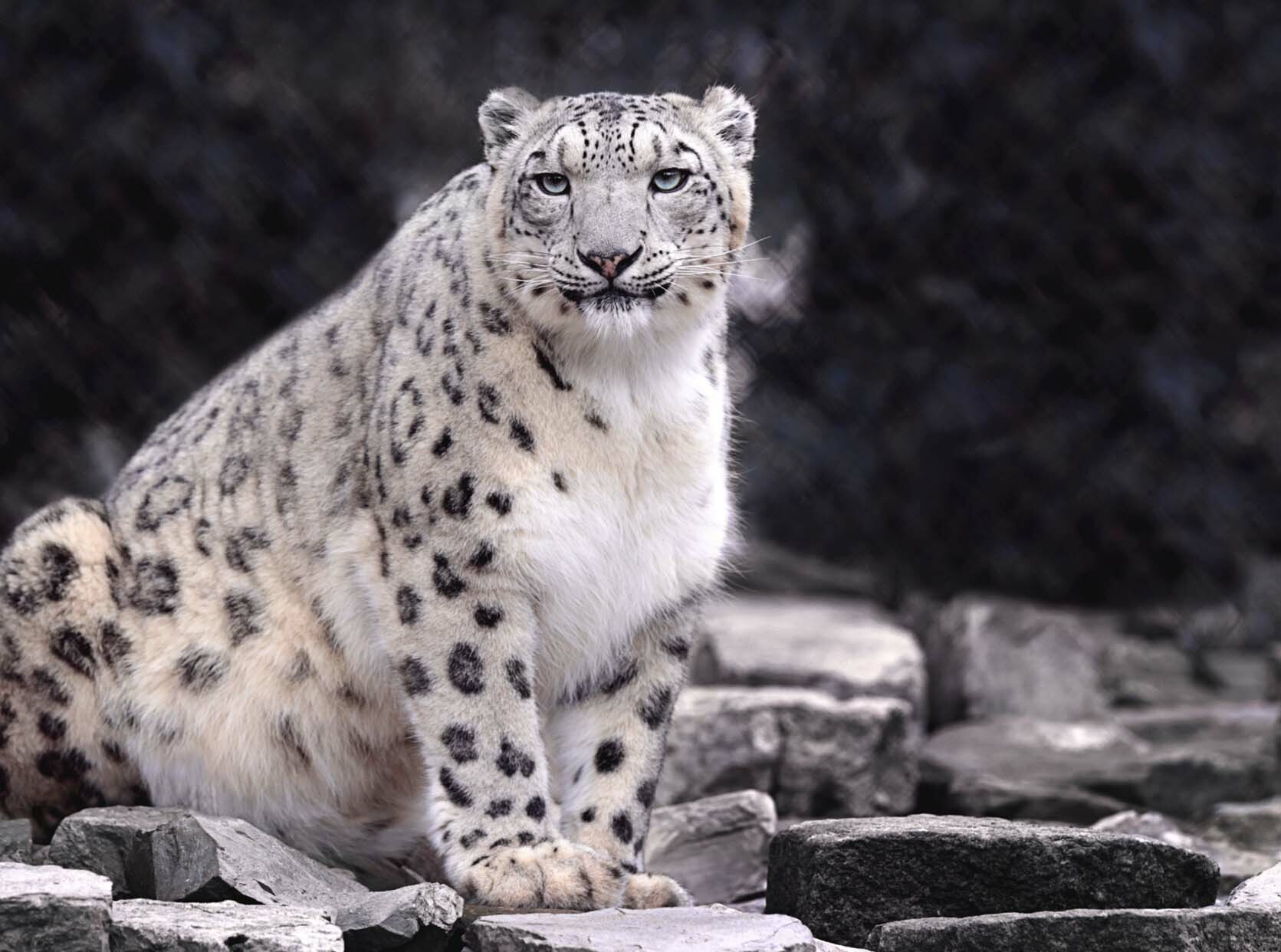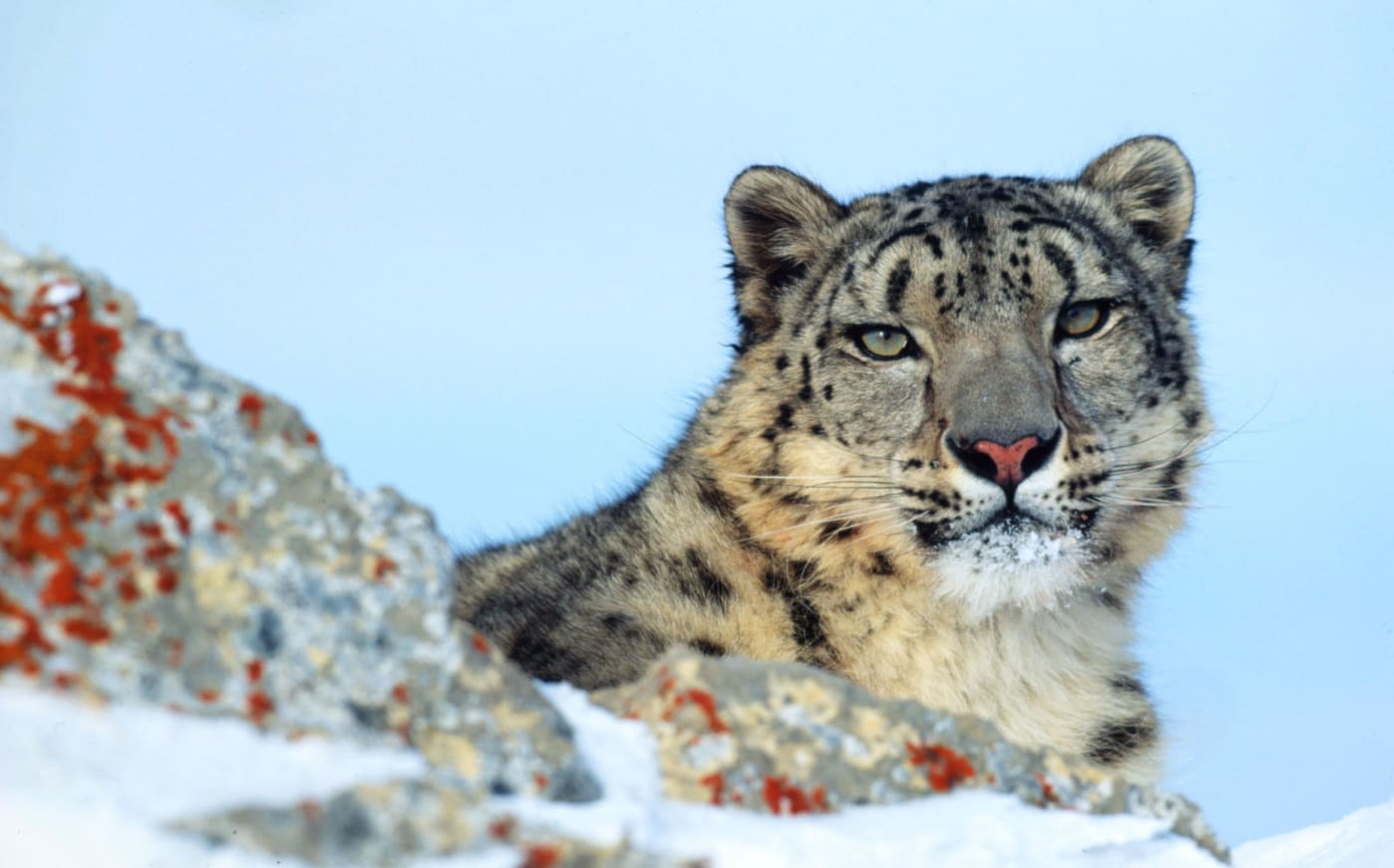Snow Leopard: A Marvel of the High Mountains

In the remote and rugged landscapes of Central and South Asia, a majestic and elusive creature roams the high mountain ranges, captivating the hearts of those fortunate enough to catch a glimpse. The snow leopard (Panthera uncia) stands as a symbol of beauty, resilience, and adaptability in some of the harshest environments on Earth.

The snow leopard’s preferred habitat includes the steep and rocky terrains of the Himalayas, the Tibetan Plateau, and the Altai Mountains. These high-altitude regions, often characterized by icy slopes and sparse vegetation, provide the perfect backdrop for the snow leopard’s camouflage and hunting strategies.
The snow leopard’s striking appearance is marked by its thick fur, which serves as insulation against the biting cold of its habitat. Its grayish-white coat is adorned with distinctive rosettes and spots, creating a pattern that helps it blend seamlessly with the rocky surroundings. The long and powerful tail assists in maintaining balance during daring leaps and serves as a warm cover when curled around the body during rest.

Living at altitudes of up to 18,000 feet, the snow leopard has evolved remarkable adaptations to thrive in extreme conditions. Its large nasal cavities help in efficiently extracting oxygen from the thin mountain air, while its powerful hind limbs allow it to traverse steep slopes with unparalleled agility. The keen senses of sight and hearing, coupled with a solitary and elusive nature, enable the snow leopard to navigate its vast, high-altitude territory with stealth and precision.
Despite its enigmatic allure, the snow leopard faces numerous challenges that threaten its existence. The illegal wildlife trade, habitat degradation, and retaliatory killings by herders concerned about livestock losses pose significant threats to this magnificent cat. Conservation efforts are underway to address these issues and protect the snow leopard and its fragile mountain ecosystem.

Several organizations and governments are working tirelessly to conserve the snow leopard and its habitat. Collaborative efforts involve local communities, researchers, and policymakers to develop sustainable conservation strategies. Initiatives include the establishment of protected areas, community-based wildlife management programs, and educational campaigns to raise awareness about the importance of preserving this iconic species.
Preserving the snow leopard is not just about protecting a single species; it involves safeguarding the unique ecosystems of high mountain ranges. As we strive to strike a balance between human development and wildlife conservation, the future of the snow leopard relies on our collective commitment to sustainable practices and coexistence with nature.
In conclusion, the snow leopard stands as a testament to the wonders of nature, a creature adapted to thrive in the most challenging environments. Its survival depends on our ability to appreciate its role in the delicate web of life and to work together to secure a future where this elusive cat continues to roam the snowy peaks, reminding us of the beauty and resilience of the natural world.




